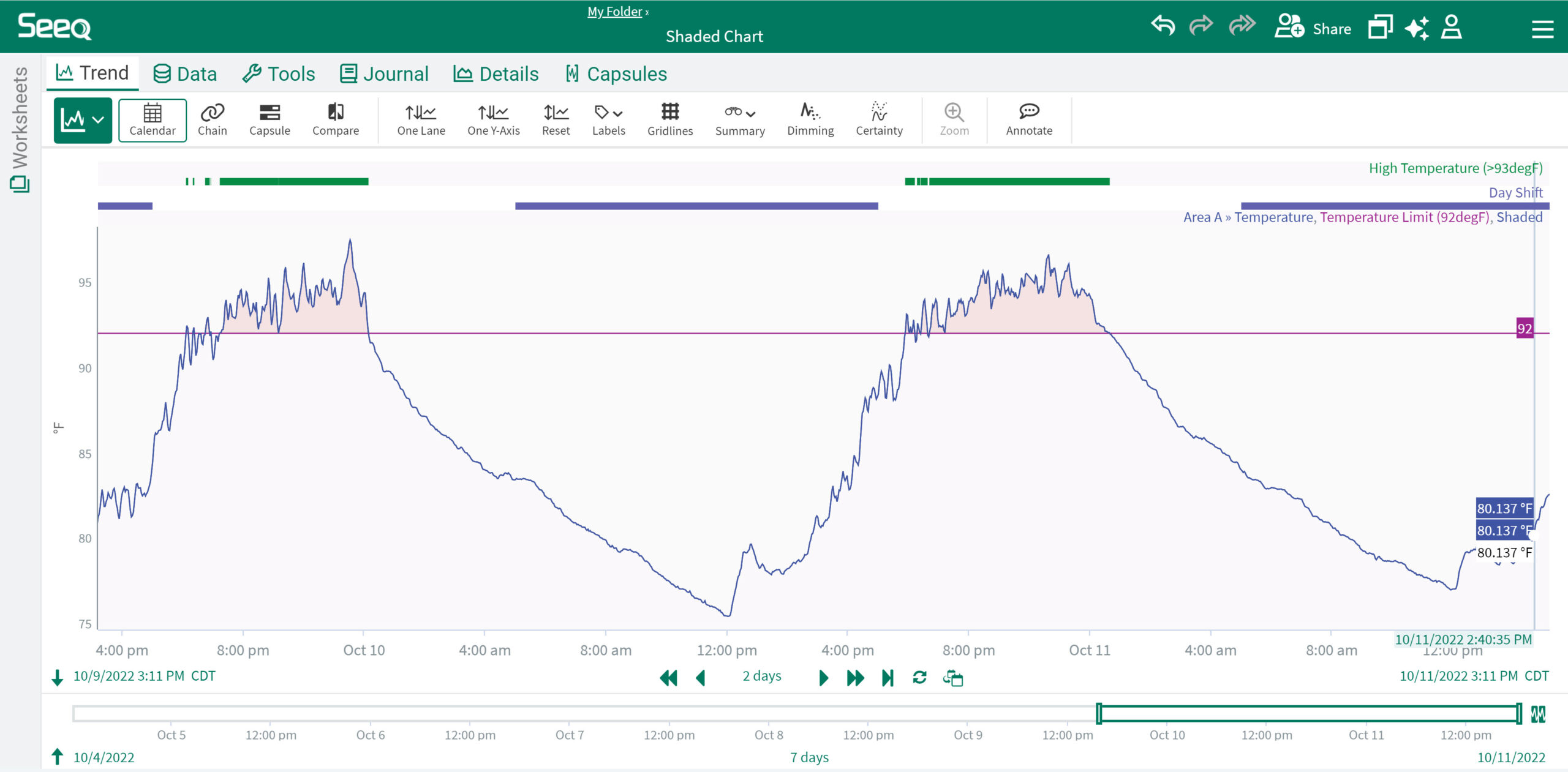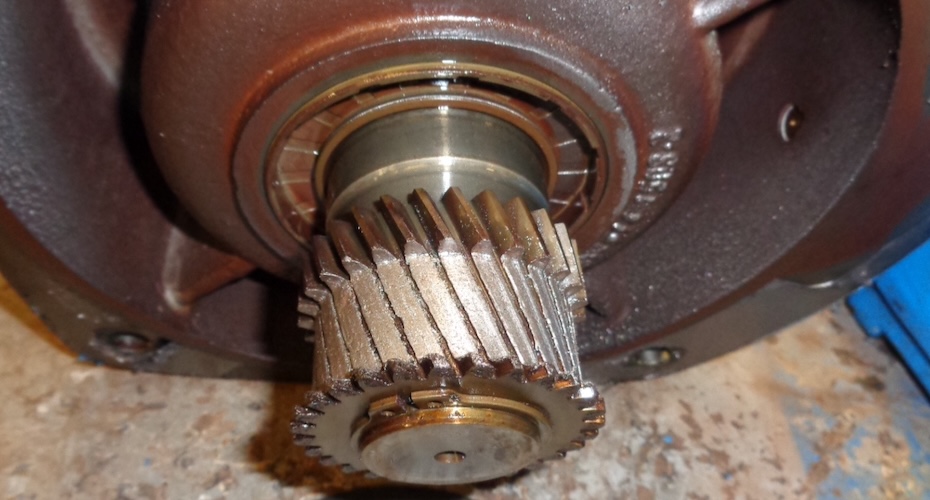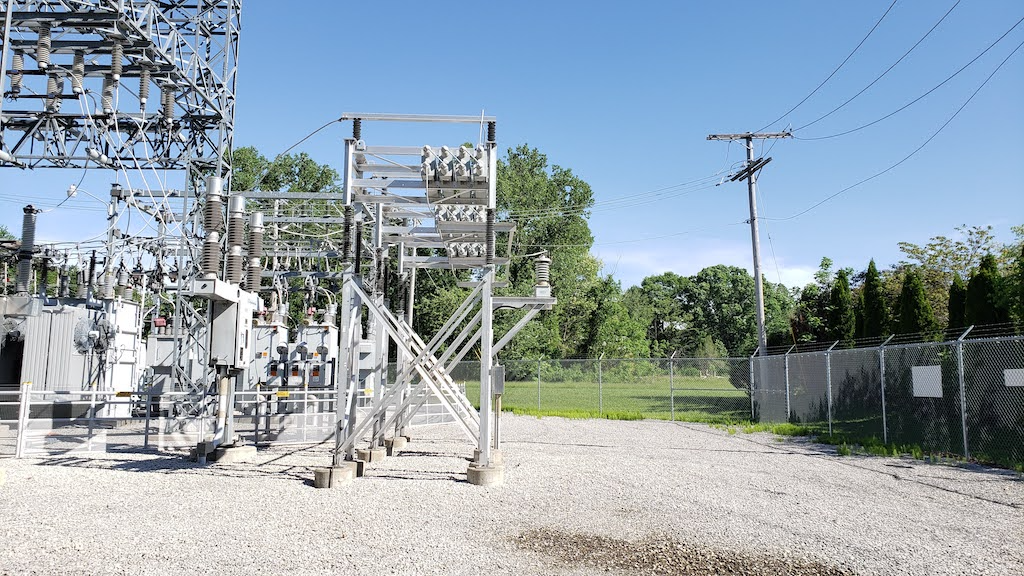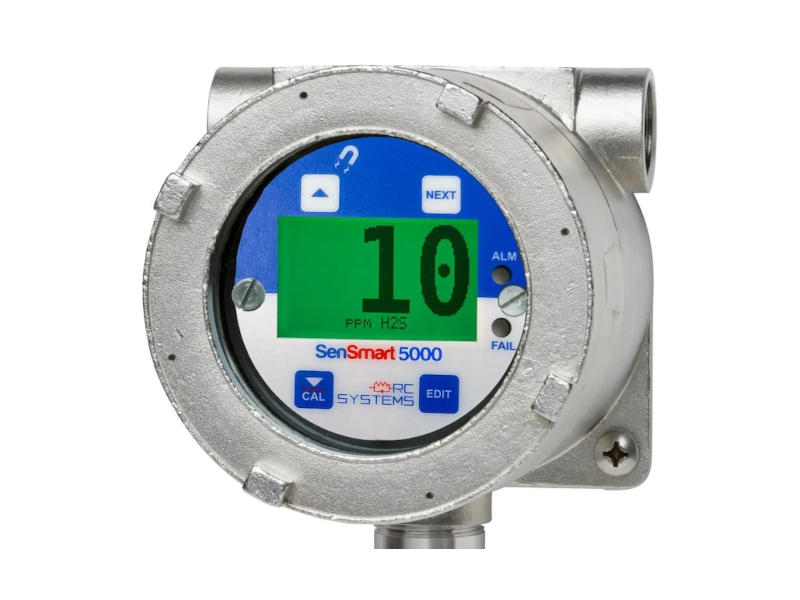It never ceases to amaze me how most maintenance departments underutilize their CMMS packages. I realize that this statement may seem a bit unfair at first.
It never ceases to amaze me how most maintenance departments underutilize their CMMS packages. I realize that this statement may seem a bit unfair at first. How many users access every feature of a software program? Modern software is so crammed full of functionality that the typical user cannot be expected to master them all. I avoid many features of my word processor even though they would probably improve my productivity. I am either too comfortable with the way I do things or simply do not want to take the time to learn new features.
Packaged applications such as financial, manufacturing, or order-entry systems are no exception. Vendors incorporate a wide range of features into their packages to make them appealing to a multitude of prospective buyers. A company might purchase a package with more functionality than it needs because the program does the job for the right price. Once the package is installed, a project team decides which features to implement. These decisions are usually based on the amount of effort required to implement a feature versus its anticipated benefits. Consequently, an implementation that uses a small percentage of a package’s functionality could be considered an unqualified success.
So why pick on CMMS implementations? Are they really any worse than any other business application when it comes to utilization? I have seen too many CMMS implementations to dismiss this notion. Too many maintenance departments do little more with their CMMSs than enter and print work orders. For every maintenance department that strives to maximize the full economic potential of its CMMS, there are many more that fall woefully short.
These failures occur for a variety of reasons, including poor implementation planning, insufficient implementation resources, and selection of the wrong package. Problems may also be due to the complexity and breadth of the maintenance operations. From planning and scheduling to inventory control and purchasing, a CMMS can support a multitude of activities. There is a natural tendency to run up the victory pennant after implementing the basic functions and not move on to other profitable areas.
Don’t be satisfied to crawl when you can walk or run. Maintenance departments that fail to push the boundaries of their CMMS are leaving money on the table. When used properly, a CMMS is a valuable tool that can help improve maintenance performance and contribute to the bottom line. An underutilized system lets opportunities to reduce downtime, improve productivity, and control expenditures slip through your fingers. A CMMS should generate a wealth of information instead of wasted opportunities.
There are ways to mine the potential wealth of an underutilized CMMS. Like any other business endeavor, potential returns are directly related to the amount of effort invested. For a maintenance department, maximizing returns requires a well-developed plan supported by adequate resources and a commitment to succeed.
Before charging down the path to improve CMMS utilization, a maintenance department must be sure its house is in order. It makes no sense to focus valuable resources on using all the features of a CMMS if the fundamental maintenance practices they support are flawed. If your PM work plans are ill defined, entering them into the CMMS will not help. Bar coding can produce many tangible benefits for the maintenance storeroom, but not if the storeroom is poorly managed and configured.
With proper vision and perspective, a CMMS improvement plan can be developed. The plan must start with a set of well-defined goals and objectives. The amount of resources required to develop and execute the plan will be directly related to the nature and ambition of those goals and objectives. A severely underutilized CMMS cannot be saved by a halfhearted, poorly executed plan.
What does a good plan look like? The type of system, the maintenance operation itself, and the business environment will shape the plan. Remedying a disastrous original implementation requires a different action plan than rectifying a handful of functional shortcomings. Despite these differences, however, some elements are common to any sound CMMS improvement plan.
1 The right team. Every area impacted by the plan should be represented in its development and execution. The plan may have to be extended beyond the boundaries of maintenance to include information services, purchasing, accounting, and others. Many CMMS implementations founder because they do not have sufficient internal support. Make it a team effort.
2 Solid system knowledge. Top tier CMMSs are functionally rich and feature laden. Even if you have a general idea of how to improve its use, you need a good grasp of the system’s capabilities to discover the features that generate the most payback. Dig into the system. Review its documentation and try out various options in a test environment. If necessary, attend a refresher training course from the vendor.
3 Benchmarking. Evaluate your current uses. Develop a scoring mechanism to rate your performance by functional requirement. Ideally, your original selection criteria will provide a basis for the evaluation. The results of this exercise will help uncover your shortcomings and develop potential remedies.
4 Well-defined requirements and benefits. Be able to clearly state the operational requirements your plan will support. Don’t let the tail wag the dog. Sound business and maintenance needs should dictate which CMMS features your plan addresses. For each need, identify the potential benefits so that you can justify the required implementation and support expenses.
5 Documented remedies. Once you have identified the software features you want to use, document the steps required to implement them. For each feature, clearly state the data collection, system configuration, and training needed. If an objective requires a software extension such as a custom report or modified data entry form, make sure its design is also documented and approved by all those affected.
6 Realistic schedules and resources. Most CMMS implementations that fail do so because the resources needed for success were not allocated and scheduled. Don’t make the same mistake with your improvement plan. Serious problems cannot be resolved overnight. Tasks need to be scheduled in manageable and logically dependent increments. Resources dictated by the plan must be available. If you don’t have the internal resources to implement a feature or function, ask the vendor or an outside consultant for help.
7 Ongoing management. Execution is the final determination of success. Make sure your improvement plan has a solid project manager and a support team that will see it through to a successful conclusion. Track and report progress. Identify any slips in or problems with the schedule as they happen. Make sure management is kept in the loop.
If these steps sound like a lot of work, they are. But the rewards can be great. Take a hard look at how well your CMMS is being used. Is it merely a paper generator or does it provide the tools for effective management? If it falls short of your expectations, then do something about it. If you do your homework, you should be able to justify the effort required to remedy the situation and tap into the benefits that led you to purchase and install the system in the first place.
Tom Singer is an information technology consultant experienced in identifying and developing solutions that address client operational needs. He specializes in the design, development, and implementation of CMMS and warehouse management system solutions. He is the author of a number of articles on maintenance management technologies and techniques. Tom holds a degree from Indiana University.



